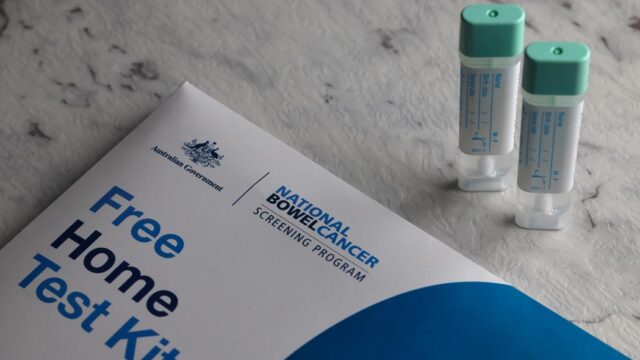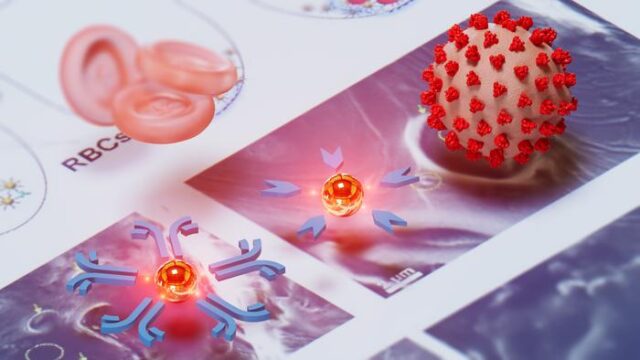Advertisment
Methanol poisoning could be easily detected with a ‘breathalyzer’ sensor

Breathalyzers are a frequently used tool to measure the amount of ethanol in someone’s breath, which relates to their blood alcohol content. However, alcoholic beverages contaminated by methanol (sometimes called wood alcohol) are hard to identify and toxic if ingested. Researchers reporting in ACS Sensors have developed a prototype sensor that quickly and easily detects small amounts of methanol in breath — a step toward developing a “methanol breathalyzer” to efficiently diagnose poisonings.
Methanol and ethanol, despite being structurally similar, have vastly different effects on the body when ingested. Ethanol gives wine, beer and spirits their classification as alcoholic beverages and causes physiological effects like nausea, dizziness and temporary neurological impairment. However, consuming even small amounts of methanol can cause blindness, convulsions and even death. Methanol is an inexpensive industrial solvent that is sometimes added to alcoholic beverages to lower their cost, a practice that was particularly common when bootleg alcohol production was rife. But in 2025, this practice still causes cases of methanol poisoning and death. Diagnosing methanol poisoning typically involves analyzing blood samples from an affected person, which can be costly and complicated — especially considering that tainted alcohol is found primarily in low-income countries. So, Dusan Losic and colleagues instead wanted to create a reliable and easy-to-use methanol breathalyzer sensor.
The researchers formulated a specialized electrically conductive ink that combined a zirconium-based metal-organic framework (MOF) and graphene. They then 3D-printed the ink onto a ceramic, creating the sensor. A machine created artificial breath by blending dry air with humid air containing methanol and then mimicked blowing the breath into a chamber containing the sensor. The prototype detected methanol at concentrations as low as 50 parts per billion (below the levels found in breath during methanol poisoning) and maintained its stability and performance after several repeated sensing cycles. Initially, the sensor struggled to differentiate methanol and ethanol in a breath-like environment. Therefore, the team used statistical analysis and a trained machine learning algorithm to distinguish the gases. These artificial intelligence tools allowed the sensor to detect methanol at parts-per-billion and ethanol at parts-per-million concentrations.
This work demonstrates the first step toward using graphene and this MOF to detect methanol in air. The researchers say further development is needed to distinguish between methanol and ethanol in the higher humidity of exhaled breath before an easy, simple life-saving methanol breathalyzer device becomes a reality.
The authors acknowledge funding from the National Intelligence and Security Discovery Grant, and the Australian Research Council Research Hub for Advanced Manufacturing with 2D Materials.
The paper’s abstract will be available on June 11 at 8 a.m. Eastern time here: http://pubs.acs.org/doi/abs/10.1021/acssensors.4c03281
Image: This gas sensor, made using 3D-printed conductive ink, could help diagnose methanol poisoning quickly and easily.
View more Credit: Kamrul Hassan









